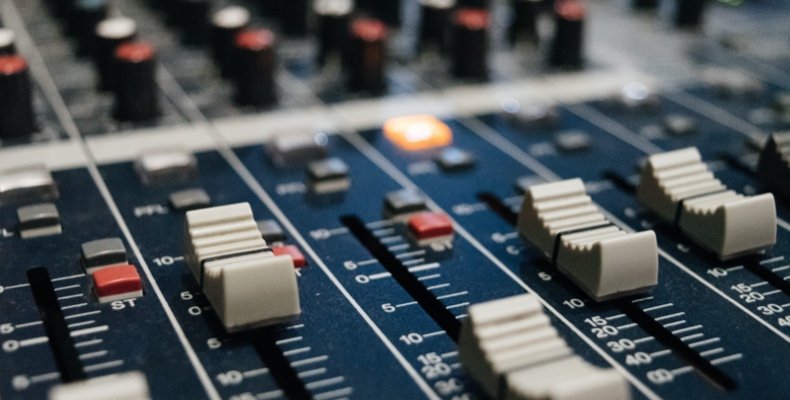
Beyond conventional hearing aids processing
Sound personalisation while preserving high-quality audio
Jacoti's hearing loss compensation
Conventional hearing aids use proprietary chips that provide limited consumer-level feature sets. By embedding Jacoti HearingKit® modules in the same QCC51xx and Tensilica's HiFi DSP series SoCs used in premium true wireless earbuds and other consumer technology, the audio signal can be processed as well as even better than with conventional hearing aid chip:
- Audio processing for sampling rates up to 48 kHz — better than CD audio quality.
- Full bandwidth hearing loss compensation from 20Hz up to ~24kHz.
- Audio is processed binaurally, i.e.,independent left and right ear processing.
- Audio processing can be performed in both streaming and live modes.
- Sound personalisation gains are suitable for mild to moderate hearing loss users.
- DSP is optimised for low MIPS and Memory requirements
- Algorithmic latency is ~3 msec
Assessing the user hearing needs
Our Jacoti DuoTone® hearing test has been validated against Pure Tone audiometry done in clinic. The Jacoti DuoTone® hearing test is part of the Jacoti Inside solution and is implemented on the True Wireless Earbuds incorporating our technology.
Fitting process
Based on the unique hearing profile of a user, Jacoti HearingKit® automatically computes hearing loss fitting parameters by using well-established fitting rules and extending them to take advantage of a higher bandwidth than that found in conventional hearing aids.
- Available fitting rules: NAL-RP (National Acoustic Labs Revised Profound), Half Gain, and Third Gain
Audio processing components
- Automatic Gain Control (AGC)
- Several Level Detectors are implemented in the temporal domain (Simple, Weighted, or Attack/Release-based), allowing optimal tradeoff between fast reaction time and stability depending on the listening situation.
- Single-channel Wide Dynamic Range Compression (WDRC)
Literature (1, 2) shows that there are significant trade-offs with using multi-channel WDRC. For example, fittings are often unnecessarily complex. In addition, since multi-channel WDRC partially flattens spectral shapes, it creates unwanted distortion side effects for some hearing losses.
1. Hohmann V, Kollmeier B. (1995) The effect of multichannel dynamic compression on speech intelligibility. J Acoust Soc Amer, 97(2):1191-1195. 5592. Croghan, Naomi B. H.; Arehart, Kathryn H.; Kates, James M. (2014) Music Preferences With Hearing Aids. Effects of Signal Properties, Compression Settings, and Listener Characteristics. Ear and Hearing: September/October 2014 - Volume 35 - Issue 5 - p e170-e184. DOI: 10.1097/AUD.0000000000000056- Frequency shaping
- This stage applies frequency-dependent gain to fit the user’s hearing needs. Frequency shaping is performed in the temporal domain This allows the device to minimise latency, DSP usage, and audio processing artifacts.
- Brickwall limiter
- This stage offers an additional level of protection by making sure the output signal loudness will never exceed a certain value, for any possible input (streaming or live mode). This stage has a fast reaction time to ensure loudness protection is effective.

